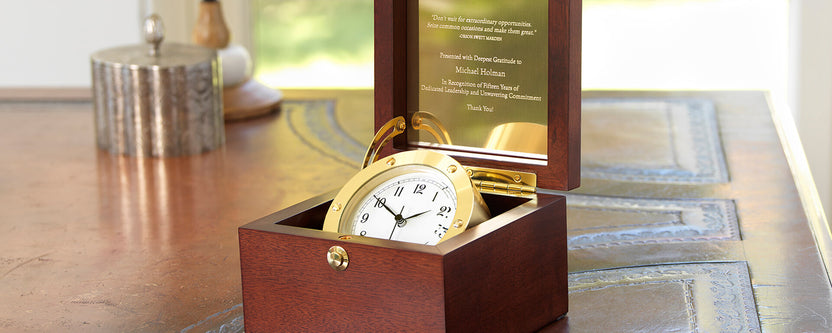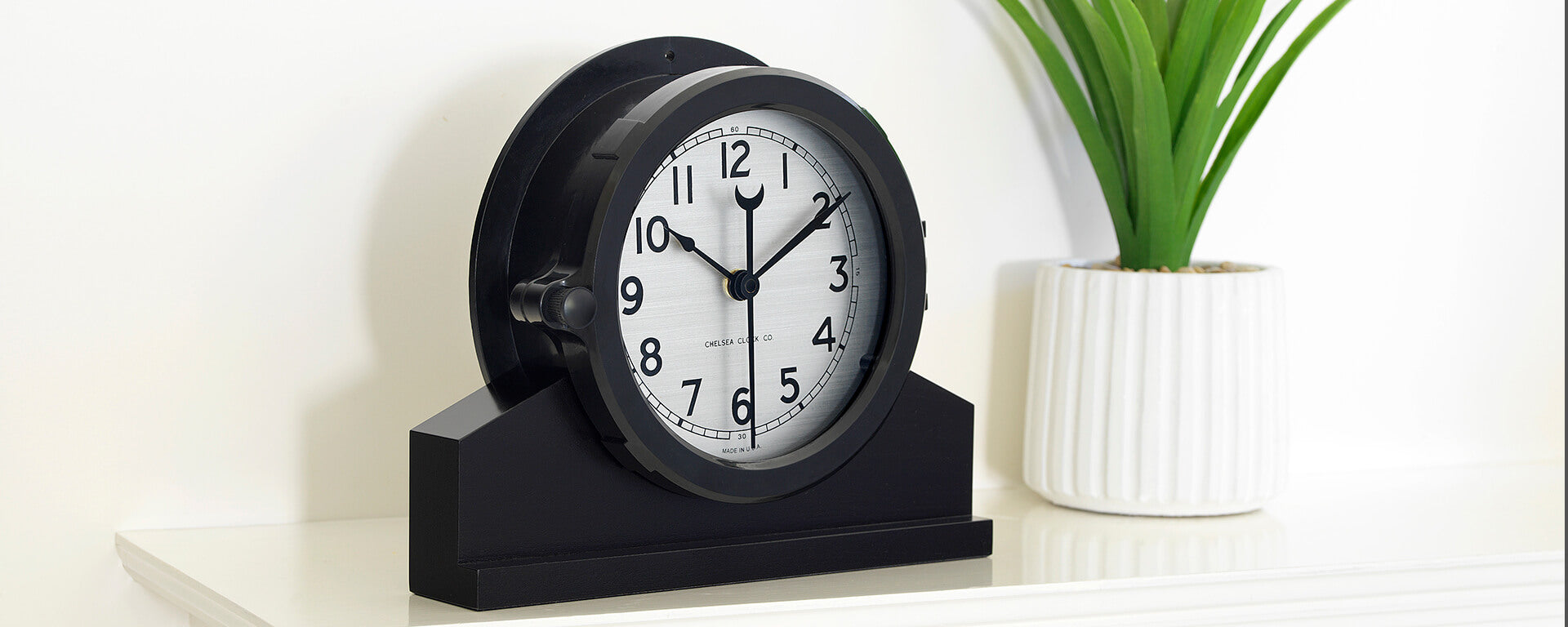On this Day in History: Samuel Morse Debuts the Telegraph
On this day in 1838, American inventor Samuel Morse of Charlestown, Massachusetts, exhibited his telegraph system for the first time at Speedwell Iron Works in New Jersey. Using electric impulses to transmit encoded messages over a wire, the telegraph would eventually revolutionize long-distance communication, paving the way for modern-day technology. Telegrams reached the height of their popularity in the 1920s and 1930s. Much like Twitter is used for short communications today, telegrams were known for being succinct because providers typically charged by the word.
Samuel Morse attended Yale University in the early 1800s where he studied art and electricity, which was brand new at the time. In 1832, while traveling back from a trip to Europe, Morse heard about the (newly discovered) electromagnet which prompted his idea for the telegraph. Over the next several years, along with partners Leonard Gale and Alfred Vail, Morse worked tirelessly on a prototype. In 1828 the invention debuted using Morse code (a system of communication in which letters and numbers are represented by combinations of long and short signals of light or sound, sometimes referred to as dots and dashes). But it wasn't until 1843 that Morse convinced congress to fund the construction of a telegraph line from Washington, D.C to Baltimore. In May of 1844 morse sent the first telegraph over the line. His message? “What hath God wrought!”
What might your message have been?








